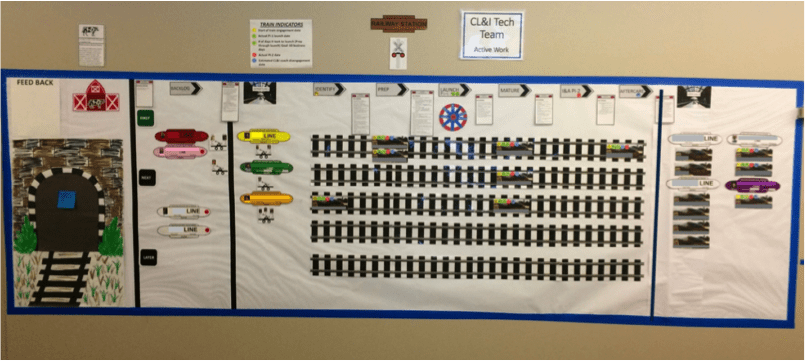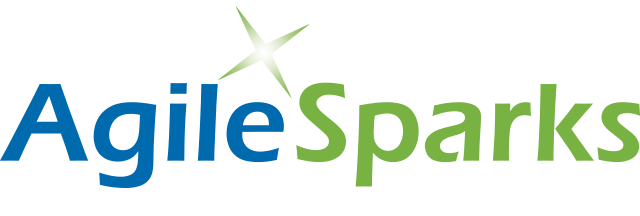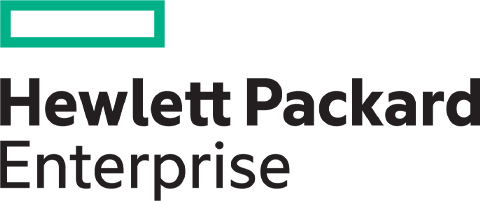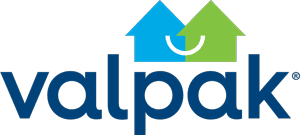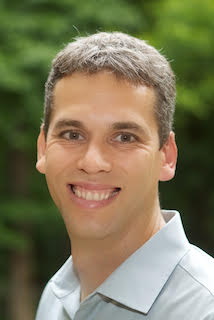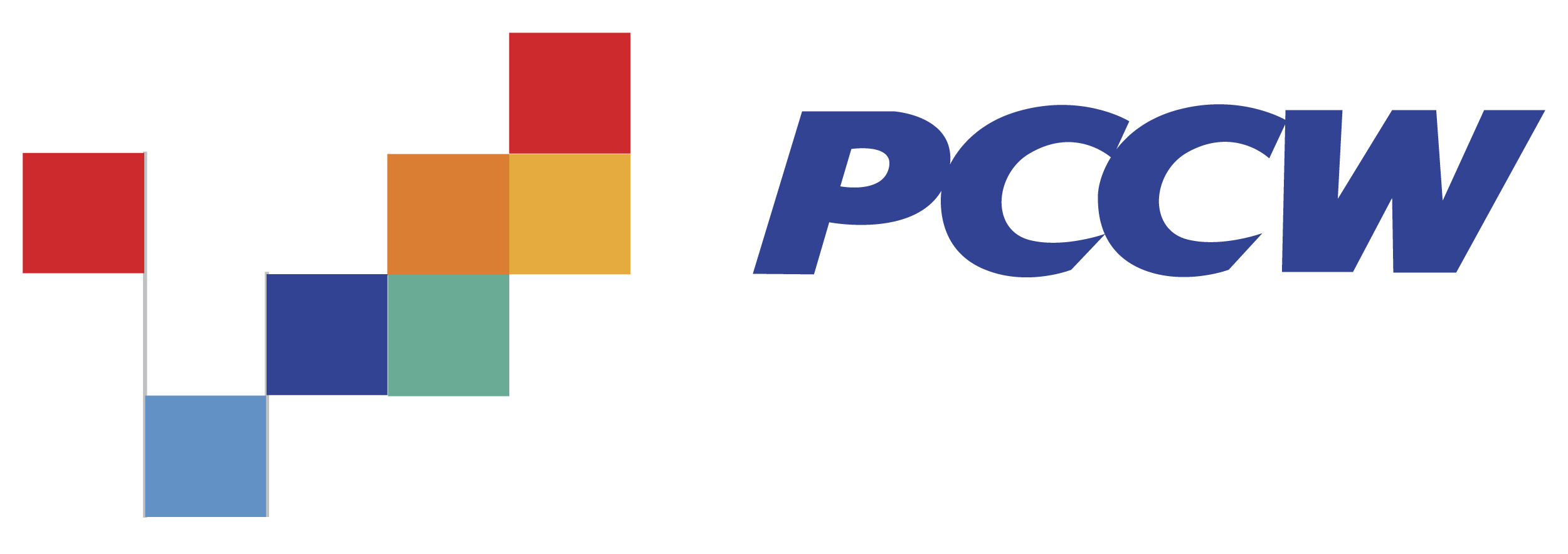
“SAFe has been a successful story for us. It allowed us to grow our team in a seamless way that integrated cross-functional groups and aligned with the company’s long-term strategy. Fitbit has grown significantly since we adopted SAFe, and we were able to scale the process and still deliver high achievement every PI. My VP calls it the scaffolding that has helped moved our team forward.”
—Damian Brown, Sr. Director of Program Management Office, Fitbit
Challenge:
With major consumer holidays as deadlines, target dates are immovable. Early Scrum efforts could not keep pace with company growth.
Industry:
Consumer Products, Information Technology
Results:
- Fitbit achieved a long-term look-ahead on its product roadmap and a short-term look-ahead on team tasks
- Teams now achieve five business goals per PI, compared to three previously
- Velocity increased 33 percent year over year
- Fitbit launched a record number of products last year
Best Practices:
- Don’t miss retrospectives – After every PI planning event, Fitbit listens to feedback on what went well and what needs improvement—and integrates those changes for the next PI.
- Establish long-lived teams – Long-lived teams provide more stability and predictability.
- Collect metrics along the way – Collect as many metrics as possible, which could back up decision-making. These could include velocity, overall objectives completion rate and reasons for scope changes during execution.
- Always plan for the next PI – Cadence is important to align multiple groups in the PI in preparation for the next PI planning event. Start early and make sure every participant is aware of the timeline, so all stakeholders are well-informed and prepared for PI planning.
Introduction
In 2016, consumer technology company, Fitbit, released four new products to the market that were positively received by consumers, and shipped over 22 million devices.
Delivering its highest number of products in a year is due in part to the company’s commitment to, and success in adopting SAFe® (Scaled Agile Framework®) as a way to scale the team to meet target dates.
Challenge: Delivering for Consumer Shopping Seasons

Since 2007, Fitbit has helped millions of people around the world lead healthier, more active lives by empowering them with data, inspiration, and guidance to reach their goals.
At Fitbit, major consumer holidays drive the product delivery schedule, including the year-end holiday season, Valentine’s Day, graduation, and Mother’s and Father’s Days. For that reason, target dates are inflexible when it comes to developing firmware and software for every product for each major platform (iOS, Android, and Windows).
In working toward targets, Fitbit engineering managers, tech leads, and Scrum masters have collaborated closely in recent years, sprint to sprint. But as the company and user base grew, Fitbit had to expand and evolve this process to meeting company and consumer needs.
“With our growing team and global presence, we knew our Scrum efforts were not going to scale,” says Damian Brown, Sr. Director of Program Management Office, Fitbit. “The question was, ‘How do we keep the organic culture people like about Fitbit while addressing the needs of the business and our global community of users?’”
Always Planning, Always Delivering
At a previous company, Brown and colleague, Brian Hsieh, had been part of a successful Agile effort by deploying SAFe. When they arrived at Fitbit, they saw an opportunity to deploy SAFe once again.
“We had done research on the different models for scaling Scrum,” Brown says. “Brian and I had been to Leading SAFe training, and once you see that big picture, your eyes start lighting up. It’s a powerful story how the Program layer aligns with Scrum teams. We knew that SAFe was something that would work for us at Fitbit.”
But first, they had to gain executive buy-in. “I think the story we told of always planning, always delivering, was very powerful for leadership,” Brown says
A Big Picture—for the First Time
With leadership on board, in fall 2015 the company started with 12 Scrum teams at its first Program Increment (PI) planning event in San Francisco. They created a highly interactive experience with physical boards and red ribbon for a visual of team dependencies within the PI. In that first meeting, teams were energized and excited about their PI objectives.

“Teams reported that they could see the whole picture across company-wide initiatives and understood where they could contribute,” says Hsieh, Manager of Program Management Office.
But as early as the first PI retrospective, the company realized it had not included all the teams that would benefit from this process. Thus in the next PI, Fitbit added other teams, including firmware engineering groups.
With each PI—now up to ten—Fitbit folded in more teams and more functional groups, including some not typically part of an Agile transformation. Today, members of Firmware, Software, Design, Research, Marketing, Customer Support, Data Analytics and Infrastructure Engineering all participate in PIs. Fitbit trained all those who were leading PI events, with events extended to its other office locations, including Boston, San Diego, and Minsk, Belarus.
100% Delivery on Objectives
In adopting SAFe, Fitbit aimed to evolve its process for scaling development teams in many ways:
- Create a fast and flexible flow across the entire Fitbit ecosystem
- Create a system of teams across the ecosystem that work together to deliver quickly
- Scale up to adopt team growth
- Improve visibility with the objective of a two-month look-ahead on what each team will be working on
- Create mechanisms for teams and stakeholders to identify cross-team dependencies and add items to other teams’ backlogs as needed
- Align key business dates across all of the programs, including security, data center moves, compliance, and marketing programs
With the help of SAFe, Fitbit successfully achieved process evolution.
As for visibility, Fitbit achieved a long-term look-ahead on its product roadmap and a short-term execution plan at areas of work for the teams, supporting planning and decision-making for leadership. It’s a roadmap process that Brown and Hsieh credit SAFe with providing.
Velocity likewise increased; teams now achieve five objectives per PI, on average, “With the metrics that SAFe provides, combined with what we regularly report on, we can tell our CTO that velocity has increased 33 percent over the past year,” Brown says.
With higher cadence and velocity, Fitbit can more readily respond to market needs. For example, when the company noticed an opportunity to add a specific capability to its products, it brought the new feature to market in a very short time with no major bugs in internal and external testing.

In 2016, with an aggressive plan for launching four new products, Brown and Hsieh credit the SAFe approach with enabling teams to complete goals and objectives two to three PIs ahead of schedule.
Additionally, the integrated, measured approach contributes to the quality of the user experience. In particular, Brown points to that critical time between Black Friday and New Year’s Day when many new Fitbit owners activate products and visit the Fitbit app and website for the first time to create accounts and sync their new devices. In 2016, the company experienced no major impact to the site during that timeframe.
Just as critical, team engagement has gone up since deploying the SAFe. As a result, teams now regularly hit their top objectives. “Having PIs and objectives really rallies us around something positive several times a year,” Brown says.
Now, as the company plans for next year, it’s working toward funding value streams rather than projects—a goal that SAFe 4.0 supports with its Value Stream level.
“SAFe has been a success story for us. It allowed us to grow our team seamlessly that integrated cross-functional groups and aligned with the company’s long-term strategy,” Brown adds. “Fitbit has grown significantly since we adopted SAFe, and we could scale the process and still deliver high achievement every PI. My VP calls it the scaffolding that has helped move our team forward.”



